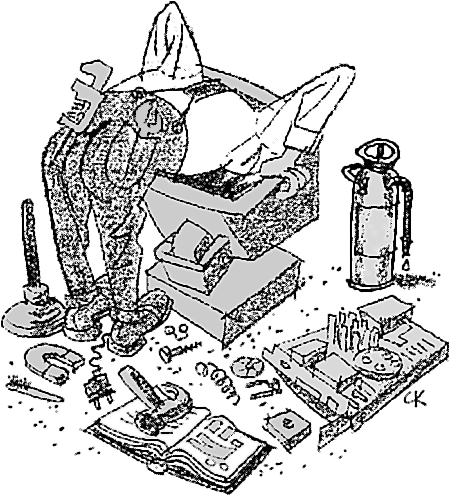Submitted by Dan Keller RN MS on
 As technology in health care gets better and better, will nurses become irrelevant? Can lower-level workers -- less skilled, less trained, less experienced -- eventually replace them, given high-powered tools that technology can deliver?
As technology in health care gets better and better, will nurses become irrelevant? Can lower-level workers -- less skilled, less trained, less experienced -- eventually replace them, given high-powered tools that technology can deliver?
Having built and promoted NurseMind -- a complex, dynamic checklist tool for nurses -- we have learned both the strengths and weaknesses of checklists. Here is a discussion of where checklists fall short in nursing work.
A checklist is a memory-jogger for discrete units of work, i.e. tasks. They make sure you don’t forget to do some specific step or action. This is important; "missed care" is a real problem, and getting everything done is necessary (though not sufficient) for quality nursing care. However, checklists do not support clinical judgment. That is, getting things checked off does not guarantee good nursing care.
For example, how might a checklist remind a post-op nurse to be vigilant for hypothermia in her patient? This is not a discrete task, it’s an ongoing background activity. Alas, NurseMind’s model is limited to representing this (or any) action as an icon or a list item that the nurse can mark done… which, for an ongoing activity, would not be much help.
To support clinical judgment, some other kind of tool is required. We have thought long and hard about what that might be and have come up with a mechanism called a precaution -- a thing to remember about your patient – and represent it graphically as a badge on the patient’s icon.
How useful are visual precautions? Alas, not very useful. The nurse’s world is already overloaded with prompts and reminders (leading to alarm fatigue). We must conclude that for clinical judgment and experience there are no short-cuts, no automated mechanisms that we can design.
For the expertise and clinical judgment of nurses, there is no substitute and there never will be.
- Dan Keller RN MS's blog
- Log in or register to post comments
